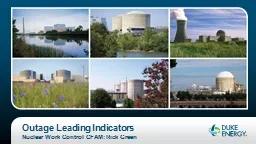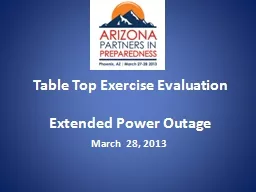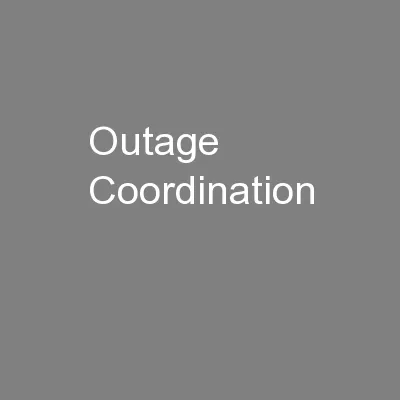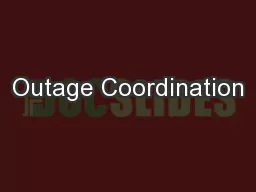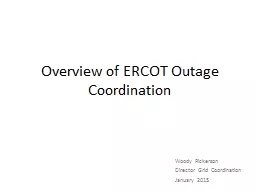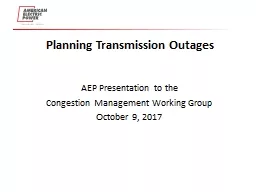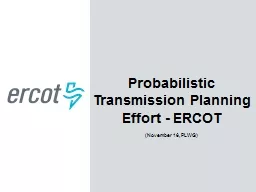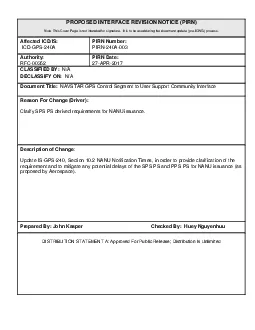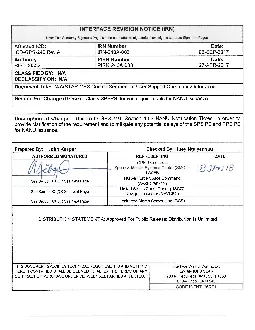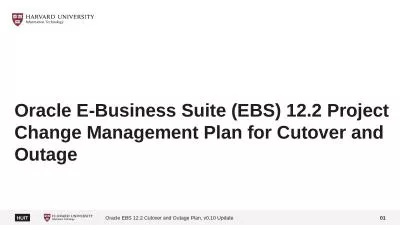PPT-Outage Leading
Author : celsa-spraggs | Published Date : 2017-05-25
Indicators Nuclear Work Control CFAM Rick Green Duke Energy Nuclear information Corporate Office Charlotte North Carolina USA 2 Plant Units Location Type Turbine
Presentation Embed Code
Download Presentation
Download Presentation The PPT/PDF document "Outage Leading" is the property of its rightful owner. Permission is granted to download and print the materials on this website for personal, non-commercial use only, and to display it on your personal computer provided you do not modify the materials and that you retain all copyright notices contained in the materials. By downloading content from our website, you accept the terms of this agreement.
Outage Leading: Transcript
Download Rules Of Document
"Outage Leading"The content belongs to its owner. You may download and print it for personal use, without modification, and keep all copyright notices. By downloading, you agree to these terms.
Related Documents

